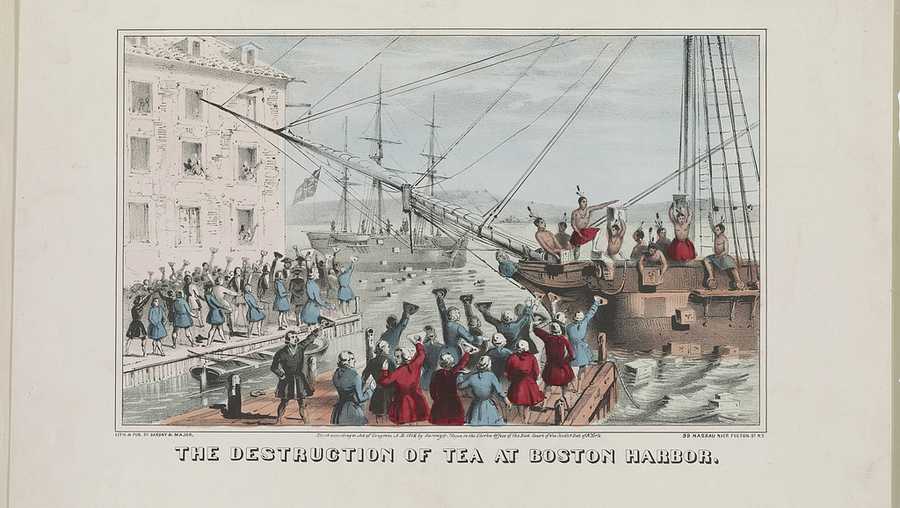türkçe links to original Turkish article by Prof. Dr. Ural Akbulut
(Milliyet Newspaper)
Coffee beans first passed from Ethiopia to Yemen, where Sufi sects
used the beans. Turkish coffee spread from the Ottoman Empire to
Europe and beyond.
Coffee's Homeland: Ethiopia
In Ethiopia, there are various legends about the magical power of
coffee beans to provide energy. One of these legends has it that
shepherds who noticed that their goats became active after eating the
fruit of the coffee trees, tried it themselves and discovered the secret.
For a long time, coffee beans were considered a healthy plant in
Ethiopia. The Ethiopians knew that by boiling the fruit and beans
and drinking the resulting liquid they would be energized.
The first document that described coffee as a medicine was written
in a medical book by Iranian doctor M. bin Zekeriya el-Razi in 920
A.D. Frenchman P.S. Dufour wrote about El Razi's characterization
of coffee as a healthy plant in his 1684 book. But the spread of coffee
happened slowly. First, the beans went from Ethiopia to Yemen,
where the Sufi clerics began to drink coffee, as of the 15th century.
Later, coffee trees were cultivated in Yemen.

Coffee was banned by a 'fetva' in Mecca but this was ineffective in
detering its use. Ottoman administrators in Yemen adopted the habit
of drinking coffee and in the time of Yavuz Sultan Selim, the Ottoman
Yemen Governor Özdemir Pasha brought coffee to the palace in
Istanbul in 1517, where palace officials enjoyed it. Coffee drinking
spread among the pashas and wealthy in Istanbul. According to the
historian Peçevi, two Syrians, Halepli Hakem and Şamlı Şems opened
the Istanbul's first coffeehouse in Tahtakale.
Coffee's popularity, though, caught the eye of religious leaders and
Şeyhülislâm Ebussuud Efendin banned it with a 'fetva'. After the
death of Sultan Süleyman the Magnificent in 1566, coffeehouses were
shuttered, based on this 'fetva'. Later, however, the ban was reversed
when Şeyhülislâm Bostanzade Mehmet Efendi approved coffee with
a new 'fetva' (!). Bostanzade Mehmet Efendi put this fetva to poetry
and a copy resides in the British Museum in London.
Thanks to Venetian traders, Turkish coffee spread among the wealthy
in Venice. However, some fanatics in Europe demanded that coffee
be banned since "the coffee Moslems drink in the devil's coffee!" But
Pope Clement VIII resisted this pressure in 1600 and Europe was
saved from a coffee ban. The first coffeehouse was opened in Europe
in Vienna in 1645 and an Englishman active in trade in Izmir brought
an Izmir Greek named P. Rosee to London, where Rosee opened
England's first coffee house in 1652.
Statue of J.F. Kulczycki in Vienna.
During the time of Ottoman Sultan Mehmet IV, the siege of Vienna
ended unsuccessfully in 1683. The Ottoman commander, Merzifonlu
Kara Mustafa Pasha, was condemned to death in Belgrade. The
coffee the Turks brought en route to Vienna fell into the hands of the
Austrians and a Ukranian named J.F. Kulczycki opened a coffeehouse
in Vienna, where he served coffee with milk and sugar. In 1885, a
statue of Kulczycki with a coffee tray on his arm was erected on the
street in Vienna that bears his name.
Sultan Mehmet IV sent Süleyman Ağa to Paris as ambassador in
1669 and Turkish coffee was henceforth served to embassy visitors.
Germans became acquainted with coffee in 1673 when a coffeehouse
was opened in Bremen. The first one opened in Berlin in 1721. Johann
Sebastian Bach wrote the "Coffee Cantata", about a girl who loved
coffee despite her father's objections, in 1734.
:format(jpeg):mode_rgb():quality(90)/discogs-images/R-5020005-1423927382-6587.jpeg.jpg)
Coffee reached the American continent in 1720 and production began
in Haiti, with the overlord French bringing slaves from Africa to work
in the coffee plantations. There were already many African slaves in
Cuba, brought there to work on sugar plantations, but with coffee
production starting in Cuba the number of slaves there passed 1 million.
Subsequently, coffee was produced in Brazil, Colombia, Guatemala
and Nicaragua.
In the American Revolution, coffee played an important role. In 1773,
Americans raided British ships in Boston harbor and threw the tea
cargo into the sea. Since tea was imported from England, American
patriots abandoned tea as of 1773 and began drinking coffee. Over
time, coffee spread around the world and its annual consumption is
now twice that of tea. In light of the negative effect of drinking too
much coffee, caffeine-free coffee was introduced. Each year 7.9
million tons of coffee are produced and 85% of it comes from Brazil,
Vietnam, Indonesia, Colombia, Ethiopia, Peru, India, Honduras and
Mexico.


Hiç yorum yok:
Yorum Gönder